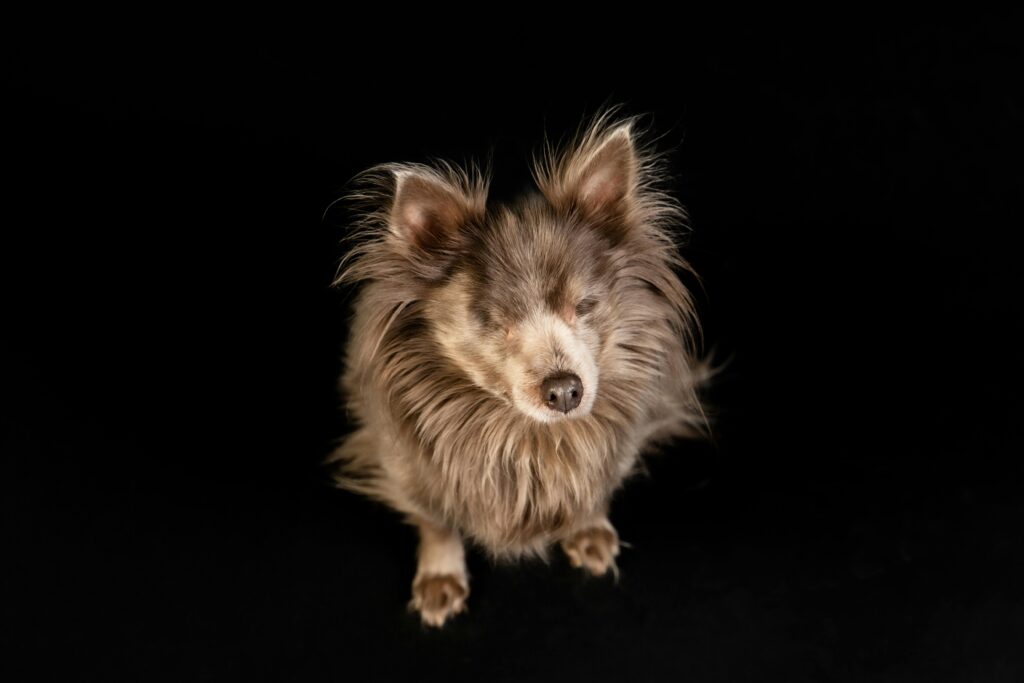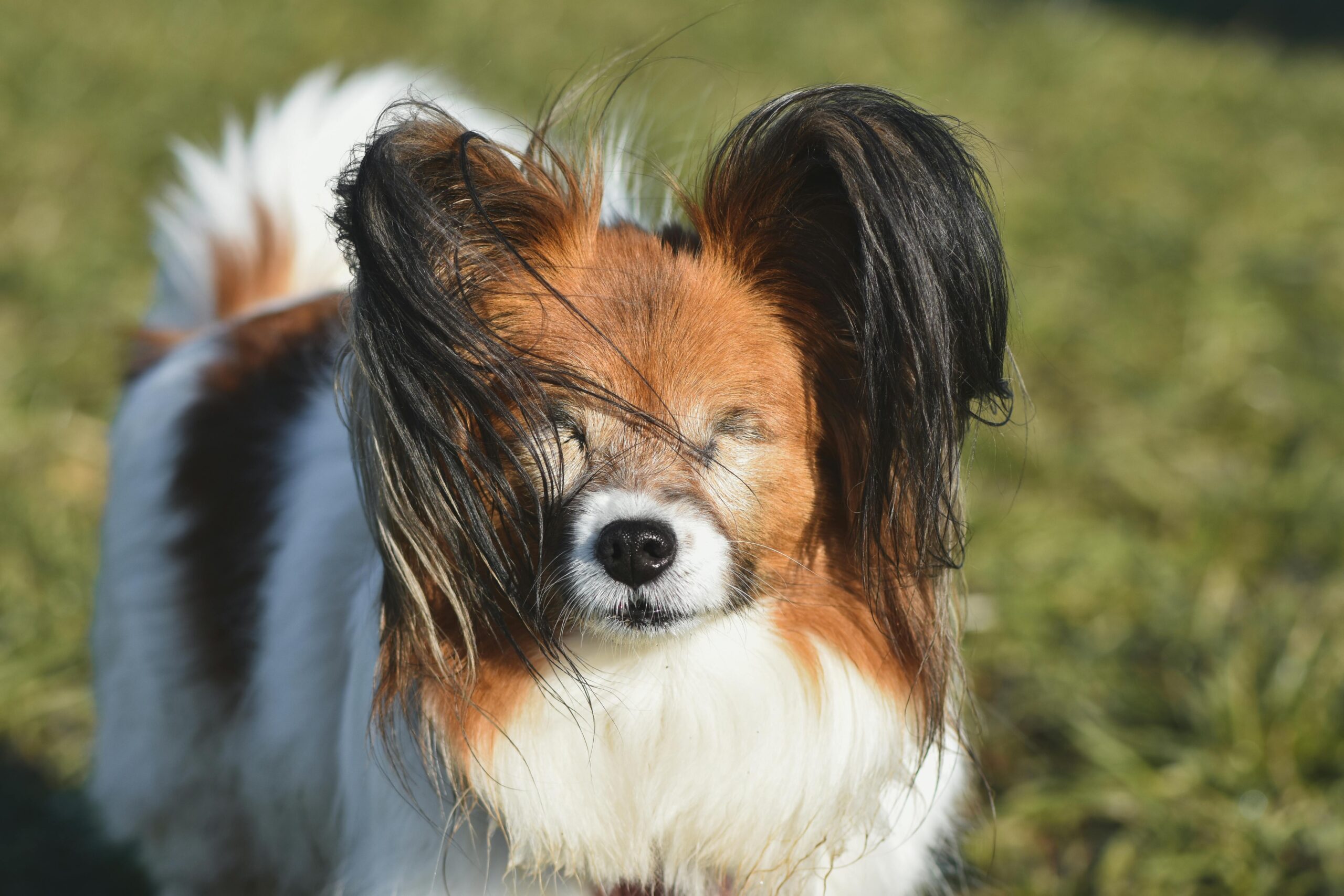How to Care for a Blind Dog Caring for a blind dog can seem overwhelming at first, but with the right approach, your furry friend can live a fulfilling and happy life. Whether your dog was born blind or lost their sight due to age or illness, they rely on you for extra support. This guide will walk you through essential steps to make your blind dog feel safe, secure, and loved.
Understanding Blindness in Dogs
Blindness in dogs can result from several causes, including genetics, injury, or illnesses like cataracts or glaucoma. Some breeds are more prone to vision loss, while others may lose their sight gradually with age. Regardless of the cause, blind dogs can adapt incredibly well, using their other senses like smell and hearing to navigate their world.Best dog breeds.
By understanding your dog’s needs, you’ll be better equipped to help them adjust and thrive.
Table of Contents

1. Create a Safe Home Environment
One of the most important things you can do to care for a blind dog is to make your home safe. Dogs use their vision to avoid obstacles, so when they lose that ability, it’s crucial to adjust their surroundings to prevent injury.How to Care for a Blind Dog
Here are some tips:
- Use non-slip rugs: Place rugs around your home to help your dog find their way and avoid slipping. Textured surfaces can act as “landmarks” for them.
- Block off dangerous areas: Use baby gates to block staircases or rooms where your dog might get hurt, like the kitchen or laundry room.
- Avoid rearranging furniture: Blind dogs rely on memory to navigate, so keeping your furniture in the same place helps them learn their environment.
By making these changes, your dog will feel more comfortable and less anxious as they explore their home.
2. Establish a Routine
Dogs thrive on routine, and that is specifically proper for blind dogs. Establishing a consistent daily schedule helps them feel more secure because they can predict what comes next, even if they can’t see.
What should a routine include?
- Feeding times: Feed your dog at the same time every day and in the same spot. This consistency will help them know when and where to expect their meals.
- Bathroom breaks: Take your dog out for walks and bathroom breaks at regular intervals. Try to follow the same route so they can become familiar with their surroundings.
- Playtime and walks: Set aside time each day for exercise and mental stimulation to keep them happy and healthy.
A solid routine gives your dog structure and confidence in their day-to-day life.

3. Use Verbal Cues
Since your dog can’t rely on sight, verbal communication becomes key. Use clear, consistent commands to help guide them and let them know what’s happening.
How to Care for a Blind Dog
Common verbal cues include:
- “Watch” or “stop”: Use this command when your dog is approaching an obstacle, so they know to slow down or stop.
- “Step up” and “step down”: These commands are useful for stairs or curbs, helping your dog navigate elevation changes safely.
- Name recall: Practice calling your dog’s name so they learn to come to you when needed .This builds believe and allows them experience connected.
Using these verbal cues frequently will help your blind dog build confidence as they move through their environment.
4. Encourage Confidence and Independence
Blind dogs can still live independently with a bit of encouragement. Your role is to help them adapt, not overly coddle or restrict their movement.
Ways to build your dog’s confidence:
- Let them explore: Allow your dog to explore new environments at their own pace, using their sense of smell and hearing to map out their surroundings.How to Care for a Blind Dog
- Play scent-based games: Dogs love to use their noses. Hide treats or toys with distinct smells around your home to stimulate their senses and boost their confidence.
- Positive reinforcement: Use treats and praise to reward your dog when they navigate successfully or respond well to verbal cues.
Confidence will help your blind dog lead a more active, fulfilling life.
5. Invest in Helpful Tools
There are many products designed specifically for blind dogs that can make their lives easier.
Consider using:
- Harnesses and collars with bells: These tools make it easier for you to guide your dog and for them to hear your location.
- Scent markers: Use essential oils or specific scents to mark important areas like their food bowls or favorite resting spots.
- Textured mats: Place these mats in front of doors or staircases as an added signal for your dog to stop or slow down.How to Care for a Blind Dog
These tools act as sensory guides, helping your dog navigate their environment more comfortably.
6. Regular Vet Visits
Blind dogs, especially those who lost their vision due to illness, should see their veterinarian regularly. A vet can monitor their overall health and provide tips for managing blindness. If your dog’s blindness is caused by a treatable condition, like cataracts, your vet can advise on potential treatments.How to Care for a Blind Dog
Other considerations:
- Diet and exercise: Maintaining a healthy weight is important for blind dogs since they may move less. A balanced diet and regular, moderate exercise will help keep them in shape.
- Mental stimulation: Blind dogs need plenty of mental stimulation to prevent boredom. Interactive toys, puzzle feeders, and obedience training are great ways to engage their minds.
Regular vet visits ensure your dog stays healthy and comfortable, even with their visual impairment.
Conclusion
Caring for a blind dog may require extra patience and effort, but the reward is immense. With love, consistency, and the right approach, your blind dog can live a happy and fulfilled life. By creating a safe home, using verbal cues, building their confidence, and investing in the right tools, you’ll help them adapt to their new way of life. Remember, blind dogs rely on their human companions more than ever, and your care will make all the difference.How to Care for a Blind Dog.
